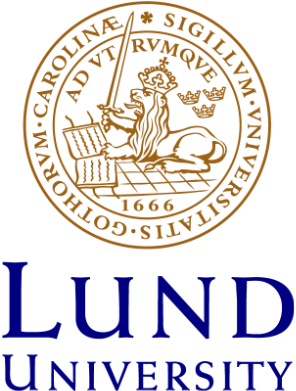Search results
Filter
Filetype
Your search for "*" yielded 533225 hits
Socially extended intentions-in-action
According to a widely accepted constraint on the content of intentions, here called the exclusivity constraint, one cannot intend to perform another agent’s action, even if one might be able to intend that she performs it. For example, while one can intend that one’s guest leaves before midnight, one cannot intend to perform her act of leaving. However, Deborah Tollefsen’s (2005) account of joint
Social exclusion modulates pre-reflective interpersonal body representation
Perception of an affordance is enhanced not only when the relevant object is located in one’s own peripersonal space, as compared to when it is located within extrapersonal space, but also when the object is located in another person’s peripersonal space (as measured by a Spatial Alignment Effect (SAE)). It has been suggested that this reflects the existence of an interpersonal body representation
Shared intention and the doxastic single end condition
What is required for several agents to intentionally φ together? I argue that each of them must believe or assume that their φ-ing is a single end that each intends to contribute to. Various analogies between intentional singular action and intentional joint action show that this doxastic single end condition captures a feature at the very heart of the phenomenon of intentional joint action. For i
Shared Goals and Development
In 'Joint Action and Development', Stephen Butterfill argues that if several agents' actions are driven by what he calls a "shared goal" -- a certain pattern of goal-relations and expectations -- then these actions constitute a joint action. This kind of joint action is sufficiently cognitively undemanding for children to engage in, and therefore has the potential to play a part in fostering their
Review of Michael Bratman's 'Shared Agency: A Planning Theory of Acting Together'
Review of Gregory Mellema's 'Complicity and Moral Accountability'
Review of "Rational and Social Agency : The Philosophy of Michael Bratman"
Practical Knowledge and Acting Together
Motor Intentions and Non-Observational Knowledge of Action : A Standard Story
According to the standard story given by reductive versions of the Causal Theory of Action, an action is an intrinsically mindless bodily movement that is appropriately caused by an intention. Those who embrace this story typically take this intention to have a coarse-grained content, specifying the action only down to the level of the agent’s habits and skills. Markos Valaris (2015) argues that,
Joint action without and beyond planning
Leading philosophical accounts of joint activity, such as Michael Bratman’s account of ‘shared intentional activity’, take joint activity to be the outcome of two or more agents having a ‘shared intention’, where this is a certain pattern of mutually known prior intentions (plans) that are directed toward a common goal. With Bratman’s account as a foil, I address two lacunas that are relatively un
Do socio-technical systems cognise?
The view that an agent’s cognitive processes sometimes include proper parts found outside the skin and skull of the agent is gaining increasing acceptance in philosophy of mind. One main empirical touchstone for this so-called active externalism is Edwin Hutchins’ theory of distributed cognition (DCog). However, the connection between DCog and active externalism is far from clear. While active ext
Disentangling The Thick Concept Argument
Critics argue that non-cognitivism cannot adequately account for the existence and nature of some thick moral concepts. They use the existence of thick concepts as a lever in an argument against non-cognitivism, here called the Thick Concept Argument (TCA). While TCA is frequently invoked, it is unfortunately rarely articulated. In this paper, TCA is first reconstructed on the basis of John McDowe
Conceptions of cognition for cognitive engineering
Cognitive processes, cognitive psychology tells us, unfold in our heads. In contrast, several approaches in cognitive engineering argue for a shift of unit of analysis from what is going on in the heads of operators to the workings of whole socio-technical systems. This shift is sometimes presented as part of the development of a new understanding of what cognition is and where the boundaries of c
Common Knowledge and Reductionism about Shared Agency
Most reductionist accounts of intentional joint action include a condition that it must be common knowledge between participants that they have certain intentions and beliefs that cause and coordinate the joint action. However, this condition has typically simply been taken for granted rather than argued for. The condition is not necessary for ensuring that participants are jointly responsible for
Automating Driver Visual Behavior Measurement
An Account of Boeschian Cooperative Behaviour
According to reductionist accounts, intentional joint action can be exhaustively analysed with concepts that are already available and anyway needed for understanding intentional singular action. Most such accounts include a condition that it must be common knowledge between the participants that they have certain intentions and beliefs that causes and coordinates the joint action (a CK-condition)
Dual Fuel Combustion of N-heptane/methanol-air-EGR Mixtures
Numerical simulations are performed to study the combustion processes of n-heptane and methanol/air/EGR under high-temperature and high-pressure conditions relevant to a dual-fuel compression-ignition engine. Detailed chemical kinetic mechanism and transport properties are considered in the simulation. The simulations are carried out by performing three-dimensional (3D) direct numerical simulation
